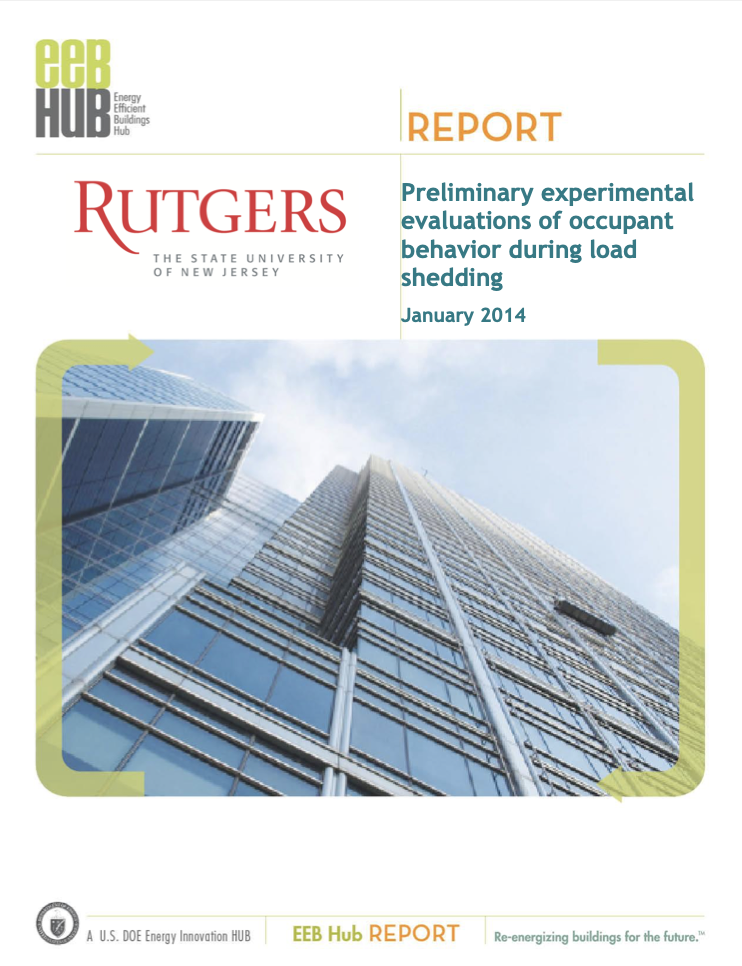Load shedding has become increasingly popular across the industrialized world in recent years. This is the practice of reducing some or all of a building’s energy consumption for a period of time, usually during hours of peak energy demand, in order to reduce stress on the power grid and reduce the chances of total system collapse.
There is a large and growing body of literature on the effects and benefits of load shedding in regards to controlling energy demand and supply, but there is virtually no research done on the behavioral effects this practice may have on occupants of buildings undergoing the treatment.
This report describes the methods and results of an interrupted time series quasi-experiment used to try to capture these results. To do so, we employed a series of occupant surveys during both load shedding (of both HVAC and lighting systems, at several levels of intensity) and control (normal) conditions across nine multi-tenanted commercial buildings owned by a real estate investment trust in Greater Philadelphia and analyzed the results using a variety of statistical techniques, most notably linear regression models.
Our results suggest that there is no impact from these instances of load shedding on occupants in this set of buildings, or in some cases a slight positive effect, with the latter being counterintuitive when considering the program. This leads to two potential conclusions: either 1) the effect of the load shedding on occupants is slight enough that it goes unnoticed, or 2) that the buildings were operating inefficiently under normal conditions. In either case, there is the potential that permanent changes in operating practices may be a viable option. The results also suggest that organizational learning is taking place as the building owner gains experience with this technology.
